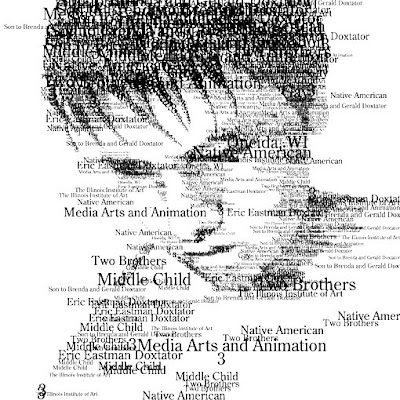





Typography is the study of type and type faces, the evolution of printed letters. Since man did not begin to write with type, but rather the chisel, brush, and pen, it is the study of handwriting, that provides us with the basis for creating type designs.

In 1041, movable clay type was first invented in China. Johannes Gutenberg, a goldsmith and businessman from the mining town of Mainz in southern Germany, borrowed money to invent a technology that changed the world of printing. Johannes Gutenberg invented the printing press with replaceable/moveable wooden or metal letters in 1436 (completed by 1440). This method of printing can be credited not only for a revolution in the production of books, but also for fostering rapid development in the sciences, arts and religion through the transmission of texts.
The Gutenberg press with its wooden and later metal movable type printing brought down the price of printed materials and made such materials available for the masses. It remained the standard until the 20th century. The Gutenberg printing press developed from the technology of the screw-type wine presses of the Rhine Valley. It was there in 1440 that Johannes Gutenberg created his printing press, a hand press, in which ink was rolled over the raised surfaces of moveable hand-set block letters held within a wooden form and the form was then pressed against a sheet of paper.